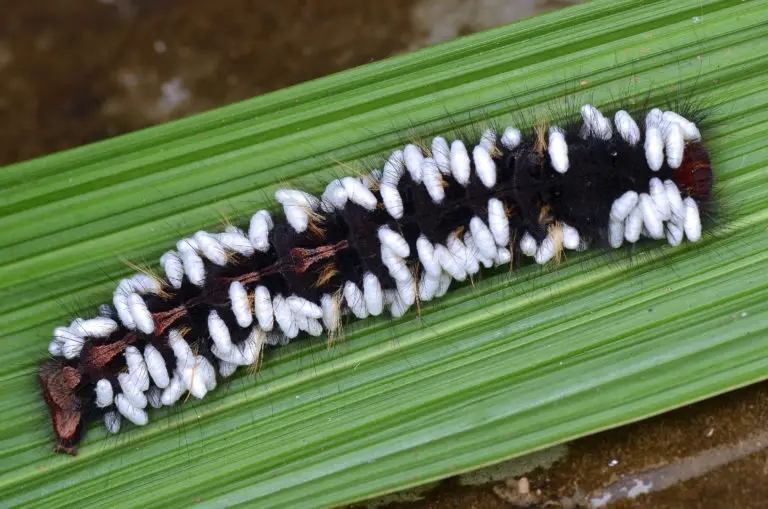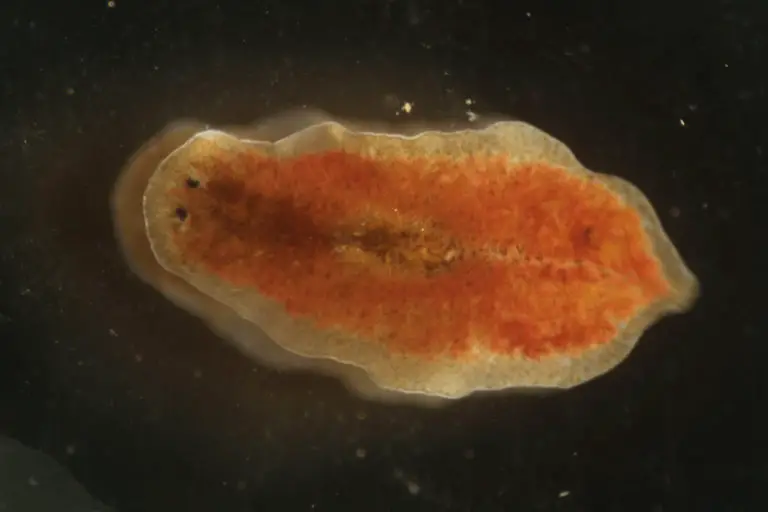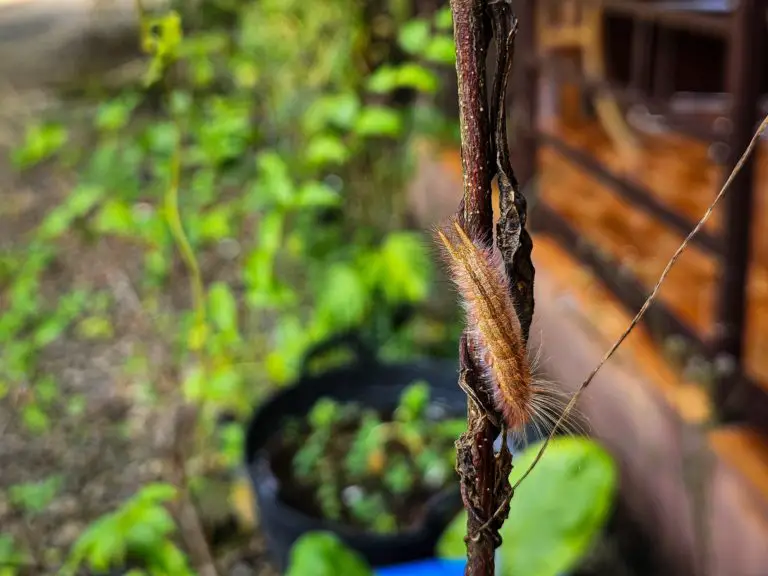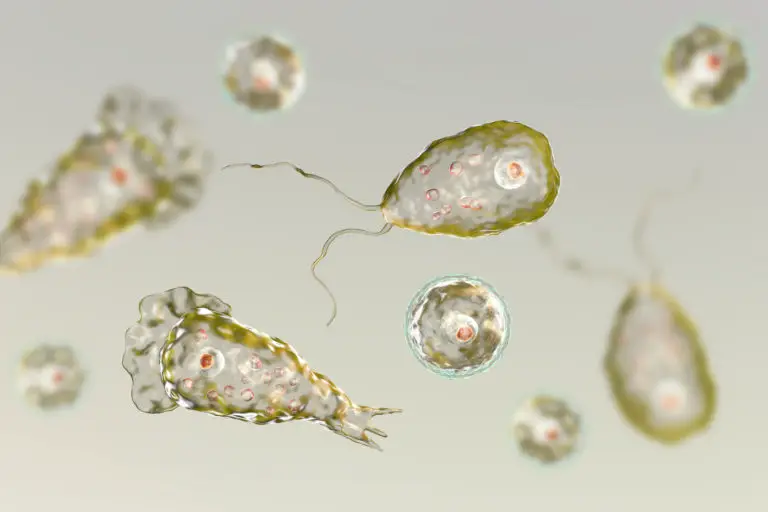In the realm of the natural world, some of the most astonishing stories often involve creatures you’d never suspect. Today, we delve into the eerie world of parasites, masters of manipulation, and their unwitting hosts. While these tales may send shivers down your spine, they also offer a unique perspective on the intricate balance of life and the indomitable spirit of survival. Prepare to be amazed and, perhaps, a little unsettled as we uncover nature’s macabre marvels.
Historical References and Myths Surrounding Zombies
Zombies, the stuff of nightmares, have permeated human culture for centuries. While the mind-controlling ‘zombie’ parasites we encounter in nature today may seem like a page out of science fiction, they bear an eerie resemblance to the myths and legends that have haunted human history.
- Ancient Myths: The concept of reanimated corpses can be traced back to ancient civilizations. In Haitian Vodou, the zombi, or zombie, is believed to be a soulless, enslaved human brought back to life through dark rituals. It wasn’t until the 20th century that Hollywood added the insatiable hunger for human flesh to the zombie archetype.
- Historical Epidemics: Zombie-like behavior has also been documented in historical records. The 14th-century European plague, for instance, led to instances of living corpses roaming the streets due to severe neurological symptoms. This phenomenon may have contributed to the enduring fascination with the undead.
- Modern Zombie Apocalypse: In the contemporary world, pop culture has further solidified the zombie myth with movies, video games, and literature, reflecting society’s fears and anxieties. But as science delves deeper into parasitic mind control, the lines between myth and reality become increasingly blurred.
In exploring these historical references and myths, we find that the idea of mind-controlling parasites creating ‘zombie’ hosts is not as far-fetched as it may seem—a haunting reminder of nature’s own macabre secrets.
Unveiling Nature’s Macabre Marvels
While zombies may remain creatures of fiction, in the world of parasites, a sinister reality unfolds as some become puppeteers of their unwitting hosts, turning them into unwitting participants in a gruesome theater of survival.
These masters of mind control wield their dark influence from within, compelling their hosts to engage in self-destructive behaviors that, paradoxically, serve the parasites’ insidious agenda.
- Web-slinging Costa Rican Wasps: Our journey into the world of parasite-controlled hosts begins with the mysterious story of Costa Rican wasps. These resourceful females lay their eggs on the abdomens of unsuspecting orb spiders. For weeks, the wasp larvae live off their host, all while concocting a sinister plan.
The wasp larvae inject a chemical into the spider, forcing it to build a peculiar web, unlike anything it’s ever woven before. This new web is not for the spider itself; instead, it’s designed to support the cocoon that the wasp larva will create once it eventually kills and devours the spider.
2. Jewel Wasps and Zombified Cockroaches: Moving on to our next spine-chilling tale, we encounter the female jewel wasps and their zombified cockroach hosts. When it’s time to reproduce, these wasps turn to the unfortunate cockroach as a living nursery for their young.
With calculated precision, the jewel wasp paralyzes the roach’s front legs with a potent toxin before targeting its head. Researchers have discovered that the venom zeroes in on a specific brain area responsible for initiating movement.
Once the cockroach is stripped of its free will, it becomes a pawn in the wasp’s twisted game. The wasp leads the roach by its antenna to a burrow, where she lays her egg on the hapless victim, sealing their fate together. The wasp larva slowly consumes the cockroach for several days before emerging as an adult about a month later.
3. Mind-Controlling Flatworms: Now, prepare to be captivated by the tale of mind-controlling flatworms. As adults, lancet liver flukes reside in the livers of grazing mammals. Their journey begins with eggs excreted in the host’s feces, which are then consumed by snails.
Inside the snail, the flukes create protective cysts and are coughed up in mucus balls. These mucus-bound parasites are then consumed by ants. Once inside an ant’s brain, the flukes take control, compelling the insect to climb to the tip of a blade of grass and sit motionless.
This eerie behavior increases the likelihood of the ant being eaten by a grazing mammal, thus allowing the liver fluke to complete its life cycle.
4. Flatworms and a Fishy Dance of Death: Our next chapter unfolds with the fluke Euhaplorchis californiensis, which embarks on a fascinating journey from ocean-dwelling snail to killifish.
To reach its final destination in the gut of a water bird, the fluke must first manipulate the killifish’s brain. Researchers at the University of California discovered that the parasite alters the fish’s brain chemistry, decreasing serotonin and increasing dopamine levels. This results in erratic swimming and aggressive behavior.
These behaviors attract the attention of birds, who may feast on the fish and the flukes within. After mating, the flukes’ eggs are released back into the water via bird droppings, ready to start the cycle anew.
5. Hairworms and Suicidal Crickets: In our final installment, we unravel the enigmatic journey of hairworms, which infect land-dwelling insects like crickets but must make their way to water to reproduce.
Hairworms possess a remarkable ability to produce mind-controlling chemicals, compelling their cricket hosts to move towards light. This often leads crickets to lakes and streams, where they jump in and drown, allowing the hairworms to emerge and continue their life cycle.
Could Mind-controlling Parasites Affects Humans?
Addressing the potential impact of mind-controlling parasites on humans is a topic of both scientific intrigue and concern. While there are numerous examples of parasites manipulating the behavior of insects and other animals, the direct influence of such parasites on humans is less understood. It’s essential to note that the mechanisms by which these parasites exert control over their hosts often involve intricate adaptations specific to particular host species.
To date, there is no conclusive evidence suggesting that mind-controlling parasites can significantly affect humans. However, it remains a subject of ongoing research and debate. The complexity of human biology and the robustness of our central nervous system pose significant barriers to such parasitic manipulation. Nonetheless, understanding the potential risks and exploring the ways in which parasites may interact with our physiology is crucial to safeguarding public health and wildlife conservation efforts.
The Enigma of Mind-Controlling ‘Zombie’ Parasites
While these parasites may not create traditional zombies, their mind-control abilities are undeniably intriguing. Unlike the fictional undead, these organisms don’t reanimate the dead, but they exert a mesmerizing influence over their living hosts. Through a complex interplay of biochemical and behavioral manipulation, these parasites can turn their hosts into unwitting puppets, steering them towards actions that ultimately benefit the parasite’s life cycle. This eerie phenomenon challenges our understanding of the boundaries between autonomy and manipulation in the natural world. It forces us to reevaluate the intricate and often eerie relationships that exist between different species, shedding light on the remarkable and sometimes unsettling strategies that evolution has devised for survival.
Sources:
World Of Parasites
The brain worm that turns ants into zombies
How a Wasp Turns Cockroaches into Zombies
Two steps to suicide in crickets harbouring hairworms

This Site Was Inspired By An Interest in Protecting the Environment:
We had the privilege and joy of learning from Dr. Charlie Stine who instilled a love for the natural world through incredible field trips with the Johns Hopkins Odyssey Certificate program in Environmental Studies. At the time, the program was endorsed by the Maryland Department of Natural Resources. Sadly, after Dr. Stine retired, the program was phased out. We hope that we honor his legacy by shining a bright light on environmental issues and sharing good news about the success of various conservation programs when possible.









